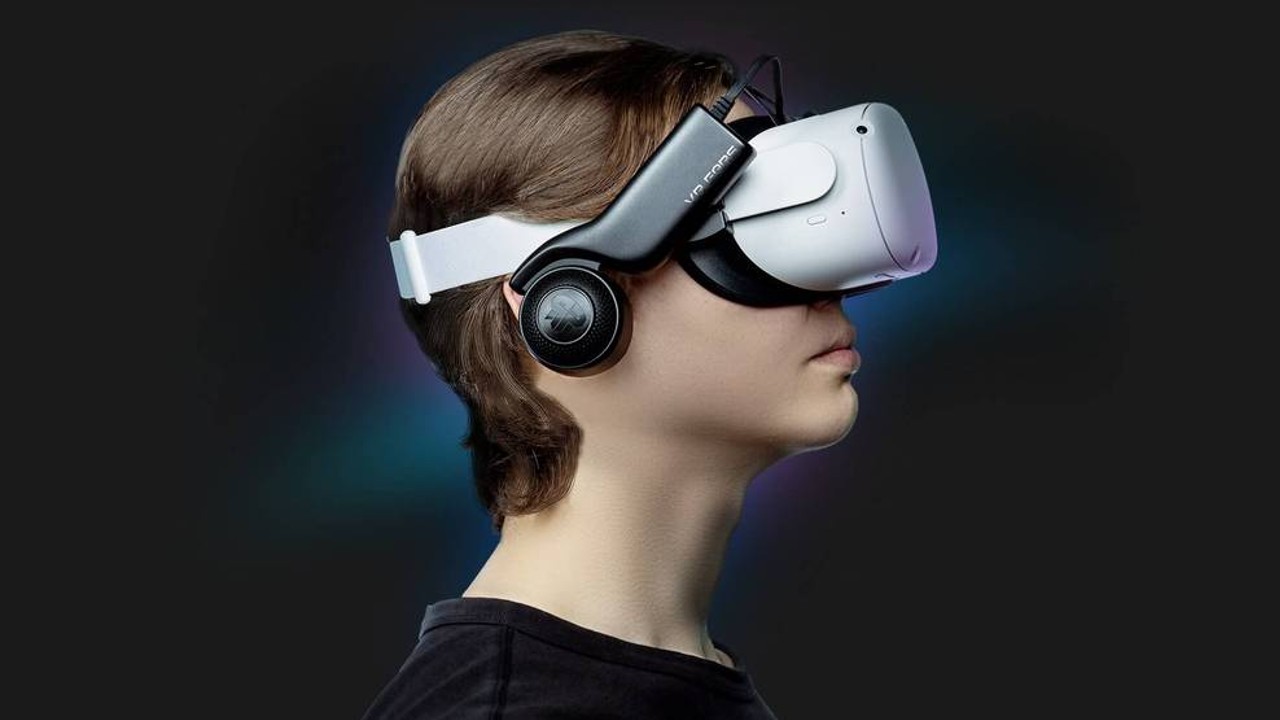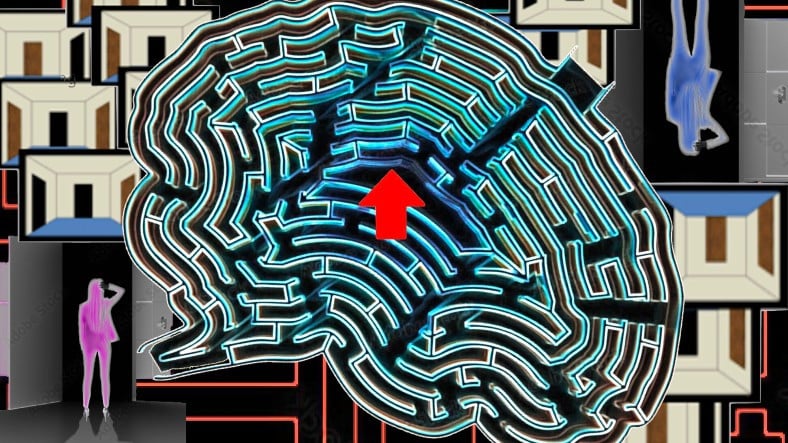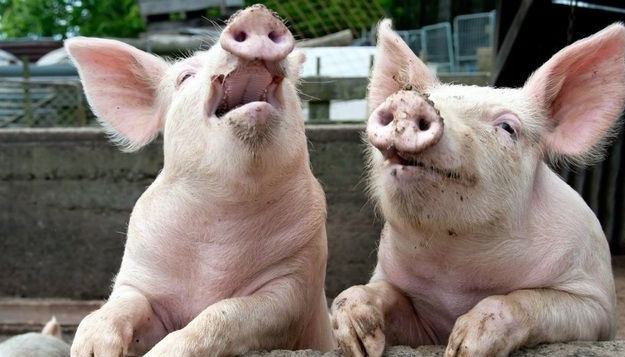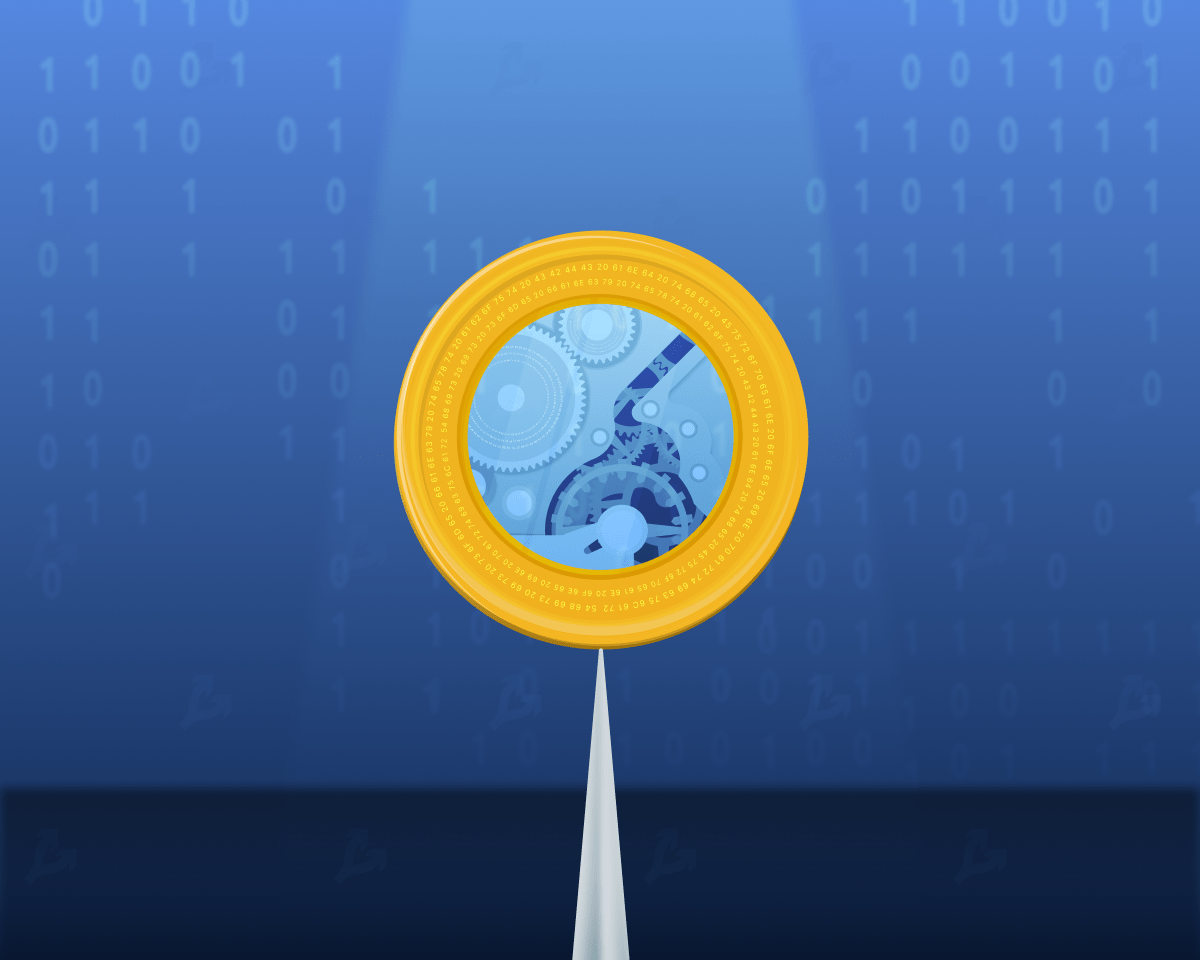develop day by day artificial intelligence began to be used in almost every field. A research team, using artificial intelligence, which is used in every field imaginable, from health to transportation, from education to everyday life, and now in the field of transportation, has developed an intelligence model based on human brain activity and has an interesting study.
Researchers at Kyoto University have analyzed the brain activity of subjects lost in a maze. their positions and what you can see around you to measure their predictive skills and their confidence in their predictions. virtual reality They did a study in the world. In a hypothetical scenario, the subject navigates through a maze and compares his prediction with the scene he observes, thereby confirming or updating the scene he has seen before.
The more people trust their guess, the easier it is to find the right path.

Imagine that the city you live in has been destroyed by a disaster. Where you live can turn into a giant rubble maze, right? How could you find your home in an area with few monuments left after this disaster? A research team created this situation, which could happen, in a virtual reality. to the maze game conducted a study that showed what subjects could do in such a situation.
Brain activity of subjects entering a virtual reality maze game, functional magnetic resonance imaging and fMRI methods The subjects, who had no information about their destination, used both their guesses and the memory of the map to choose their position in the maze and the correct path.
The study’s lead author, Risa Katayama, stated that the decoding accuracy of the scene prediction in this game, which is performed with an artificial intelligence model based on human brain activity, depends on the subject’s predictive ability and confidence in the prediction.
The results showed that when confidence in the prediction was high, subjects could envision the scene clearly and predict quickly. This study is growing metaverse It is expected that this will also have consequences for work in the field.














